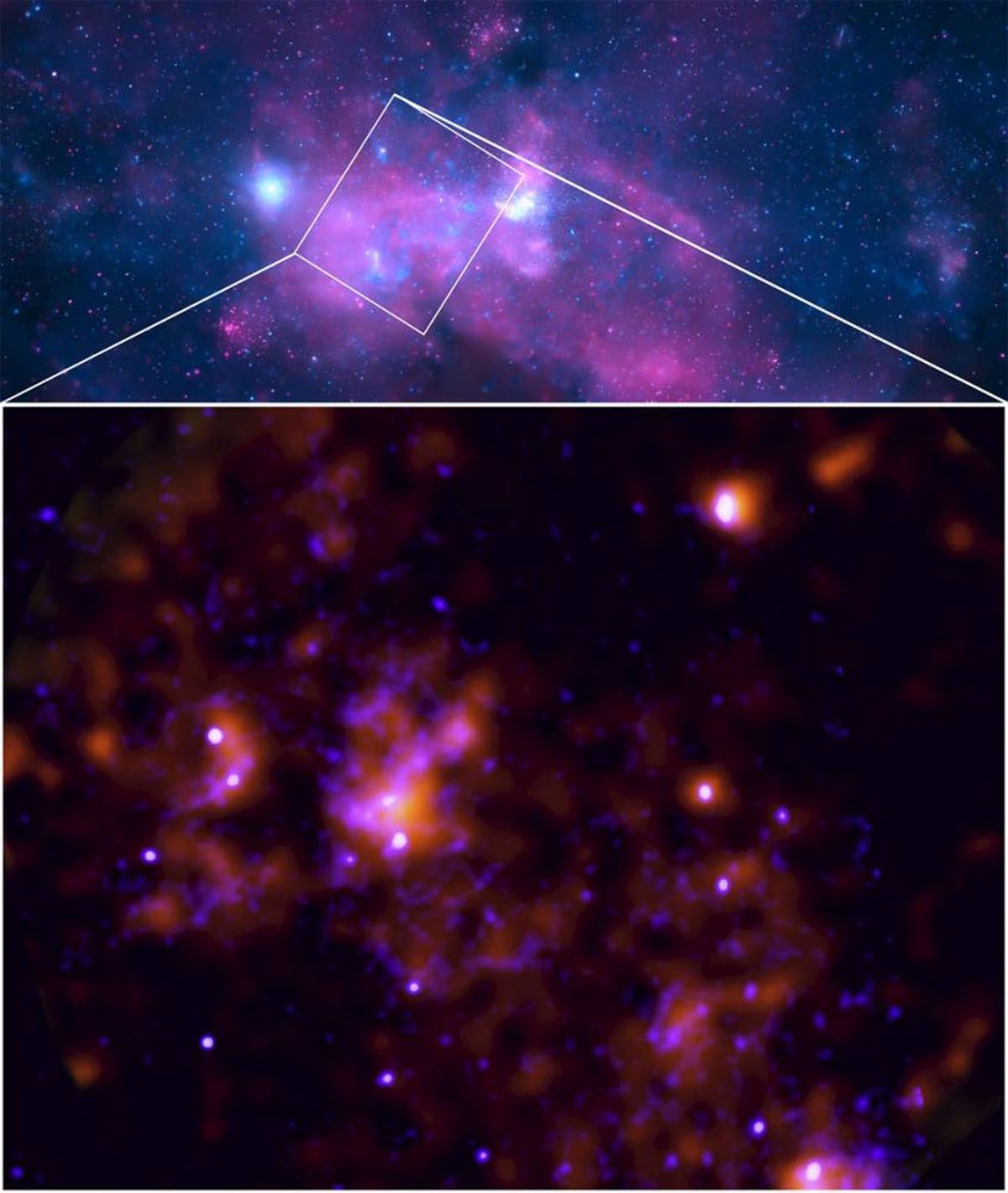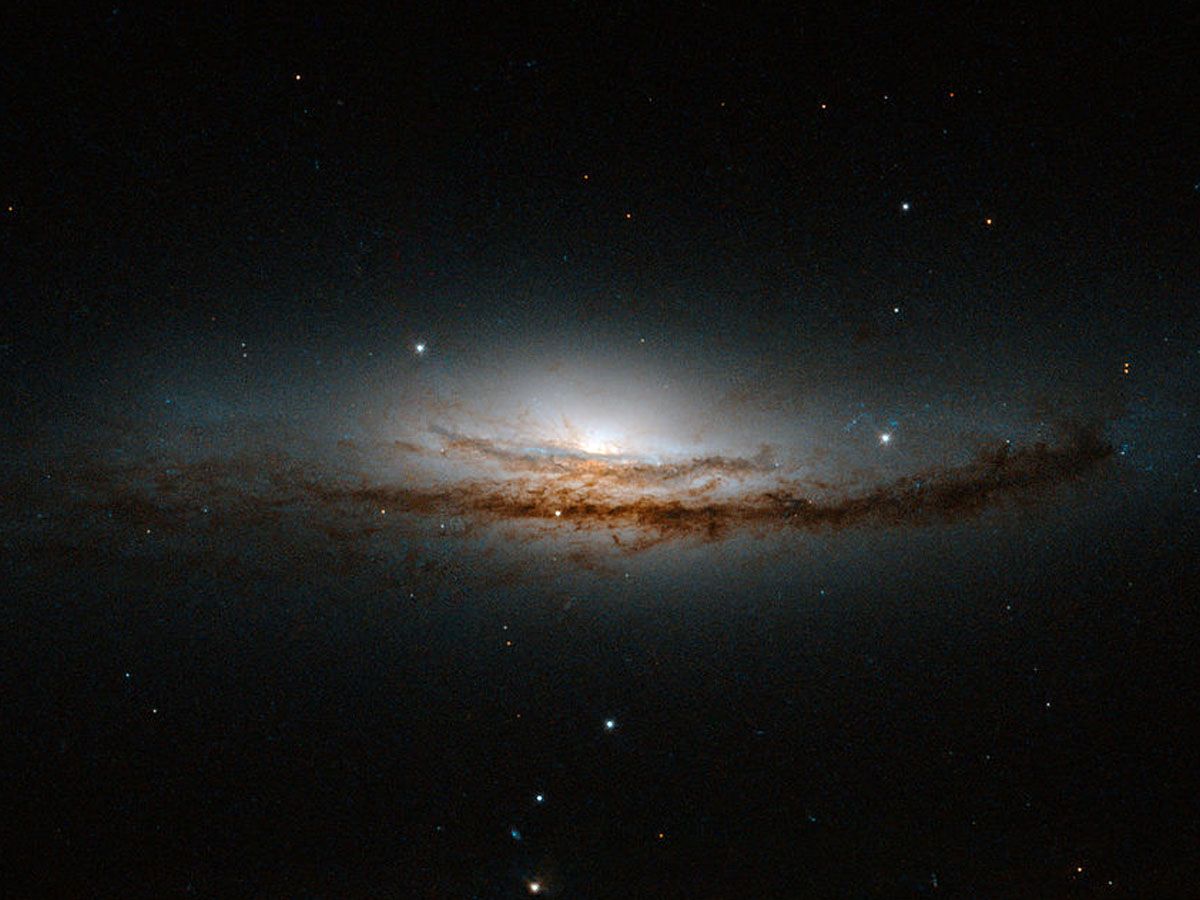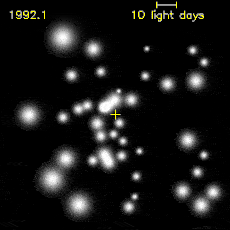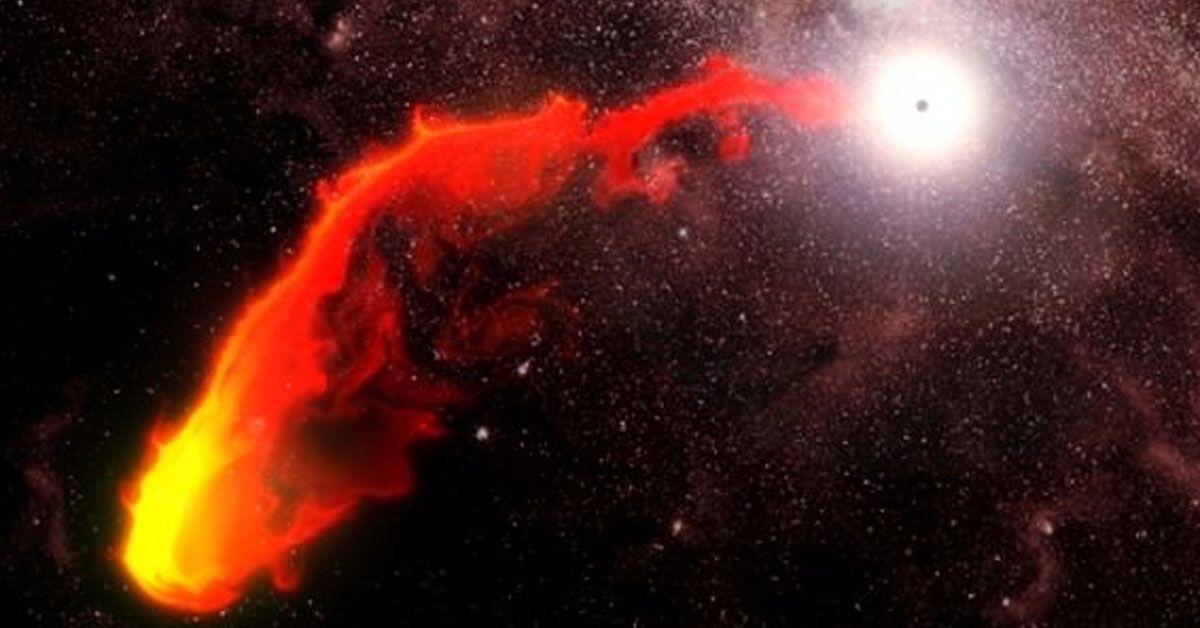At the very heart of our galaxy resides a supermassive black hole named Sagittarius A* (Sgr A*). A silent, shadowy giant, it often stays dormant, behaving much like a sleeping beast.
However, about two centuries ago, this massive celestial object experienced a burst of activity, causing a glow that illuminated the darkness of space.
Astronomers across the globe have recently observed the echoes of this burst, providing us with precious clues about this historical cosmic event.
The use of cutting-edge technology, from imaging X-ray Polarimetry explorers to X-ray observatories, has assisted in uncovering the secrets of Sgr A*'s activity and its impact on nearby molecular clouds.
Awakening The Supermassive Black Hole in the Milky Way
Sagittarius A* possesses an extraordinary gravitational force and a mass that surpasses that of our sun by millions of times. Astonishingly, this enormous cosmic entity is not perpetually active.
There are periods when it appears to be dormant, exerting minimal influence on its surroundings. This phase is commonly referred to as dormancy.
However, occasionally, Sgr A* rouses from its deep slumber and transitions into an active state. Roughly two centuries ago, it underwent such an episode of heightened activity.
As it awakened, the black hole commenced drawing in matter from its vicinity, triggering a breathtaking cosmic spectacle.

The recent detection of reverberations originating from this ancient event has presented scientists with a unique opportunity to delve into this phenomenon with greater precision.
The key to unraveling the secrets of Sgr A* resides within the molecular clouds enveloping it. These clouds typically remain obscure and frigid, yet some exhibited luminosity when observed.
This abnormal radiance implied a recent surge of activity from the black hole. Researchers posit that this illumination stems from X-ray emissions emitted by the supermassive black hole's activity several centuries ago, casting these clouds as radiant guiding stars.
To scrutinize these emissions and the black hole's behavior, astronomers employed a combination of cutting-edge tools and missions. Notably, they utilized NASA's Imaging X-ray Polarimetry Explorer (IXPE), the Chandra X-Ray Observatory, and the XMM-Newton mission.

These advanced instruments facilitated close observation of fluctuations in the black hole's accretion disk, the disk comprised of matter drawn in by the black hole's gravitational force.
During a feeding event, when the black hole actively absorbs matter, the accretion disk emits X-rays due to the heating of the material. The X-ray emissions during this two-century-old event were remarkably brighter, indicating that the black hole devoured a more substantial cloud of matter.
Consequently, the resulting flare endured for a longer duration and possessed greater luminosity than typical occurrences, imparting critical information regarding the size of the consumed cloud and the rate at which it was ingested.
The Symphony of the Stars
Scientists seek to unravel the details surrounding a significant flare that occurred approximately two centuries ago. This includes determining its precise timing, peak intensity, and duration.
Additionally, researchers endeavor to create a three-dimensional map of the luminous molecular clouds that are illuminated by the X-ray emissions.
A perplexing question that persists is the cause of these intense flares. While it is evident that the influx of material into the black hole plays a significant role, this alone does not fully elucidate the patterns observed in the black hole's activity.
It is likely that other yet-undiscovered factors contribute to the alternating periods of dormancy and activity witnessed in Sgr A*. This constitutes a crucial area of investigation in this research, as uncovering the answer to this question may revolutionize our comprehension of black hole behavior.
One innovative technique employed in this research involves the sonification of data, which entails converting data into sound. By "listening" to the X-ray emissions from Sgr A* and the luminous molecular clouds, scientists can transform an otherwise silent cosmic event into a celestial symphony.
The significance of sonification lies in its capacity to unveil patterns and intricacies that might escape visual data analysis. This technique offers a unique perspective for exploring the observations, facilitating a novel approach to data interpretation.
Through sonification, the data collected from Sgr A* has been translated into a diverse range of sounds, some resembling digital winds while others are akin to steel drums.
Uncovering the Echoes Indicating a Recent Outburst
Detecting the reverberations caused by Sgr A*'s burst of activity from two centuries ago necessitated the utilization of advanced technology and meticulous observation. The Imaging X-ray Polarimetry Explorer (IXPE) spacecraft, operated by NASA, played a pivotal role in this endeavor.
By capturing the faint echoes of the outburst bouncing off nearby gas clouds, this spacecraft provided crucial data for analysis.
The gas clouds under scrutiny primarily consist of molecular gas that facilitates the formation of stars. Surprisingly, these clouds were observed to emit more X-rays than expected.
This heightened brightness did not originate from the clouds themselves, but rather, it was a reflection of the X-ray radiation emitted during the black hole's outburst.
Further investigation confirmed the source of this X-ray emission. The polarization of the X-ray echoes indicated that they emanated from the direction of Sagittarius A*, offering compelling evidence in support of the hypothesis that these echoes were remnants of the black hole's past activity.
Estimations and Comparisons of the Outburst's Energy and Impact
One of the team's striking findings was their estimation of the total energy released during the outburst. They estimated this energy to be between 10^39 and 10^44 ergs.
In more familiar terms, this is comparable to the energy output of a Seyfert active galaxy, further highlighting the scale and significance of the outburst.

This comparison offers a valuable perspective, giving us a sense of the enormous energy involved in the flare and illuminating the striking similarity between a single black hole's outburst and an entire active galaxy.
Safe Distance Between the Black Hole and Earth?
Sagittarius A*, despite its substantial size and vigorous behavior, resides at a secure distance from our planetary abode.
Specifically positioned at the heart of the Milky Way galaxy, approximately 26,000 light-years away, this significant separation ensures that the activities of Sgr A* do not have any direct repercussions on Earth.

Although the black hole emits powerful X-ray emissions, their intensity diminishes as they traverse the immense expanse of space before reaching our planet. By the time these emissions reach Earth, they have weakened to a harmless level.
Therefore, even during its active phases, the supermassive black hole does not pose a threat to life on Earth, enabling us to observe its conduct from a secure vantage point.
Possible Sources of Material Supplying the Black Hole
A question that lingers in the research pertains to the specific object that ventured too close to Sagittarius A* and was subsequently consumed. Identifying this object could shed light on the types of material that fuel black hole activity.
However, determining this with certainty remains a challenge. Nevertheless, observations have revealed the presence of stars and gas clouds orbiting closely around the black hole.

These celestial bodies, distorted by Sgr A*'s intense gravity, suggest a potential continuous supply of material available for the black hole's consumption. This ongoing cycle of attraction and consumption likely contributes to the periodic flares observed in Sgr A*.
Sources: nature.com












